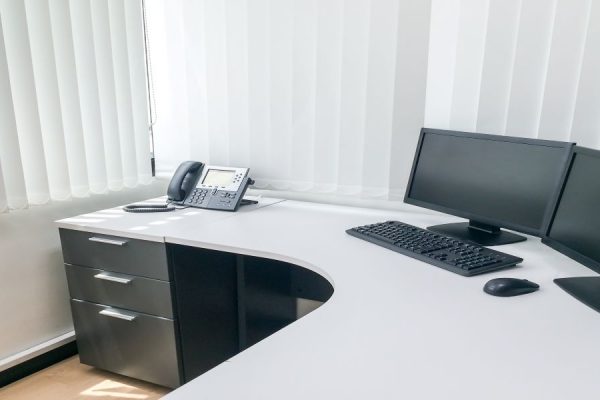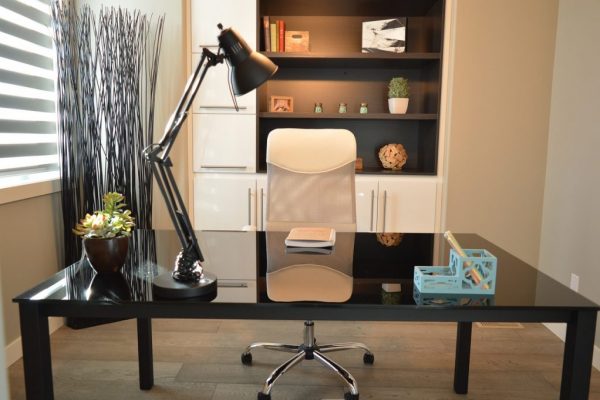Home> Standing Desk
Standing Desk: The Ultimate Guide to Health-Conscious Workstations
Discover the incredible health benefits of Standing Desks. Learn about their fascinating history, types, and how they can transform your work environment. Boost productivity now!
20 Best L-Shaped Desks For Carving A Workspace At Home
By: Oliver Mitchell • Interior Design
50 Best Home Office Furniture & Storage Ideas
By: Emma Thompson • 100 Best Office Furniture That You Shouldn't Miss At All
35 Best Office Tables That Can Help You Be More Organized
By: Sophia Turner • 100 Best Office Furniture That You Shouldn't Miss At All
20 Best Corner Desks You Wouldn’t Regret Buying
By: Daniel Carter • 100 Best Office Furniture That You Shouldn't Miss At All




